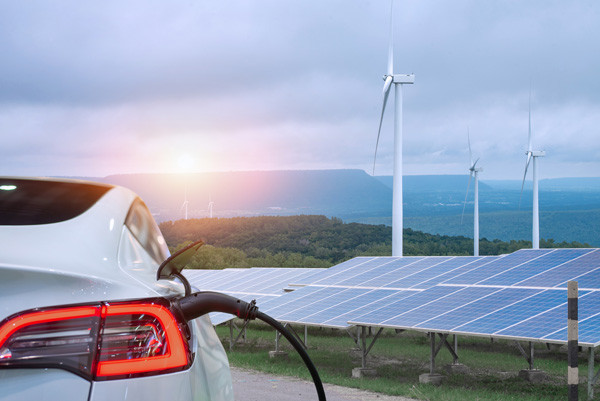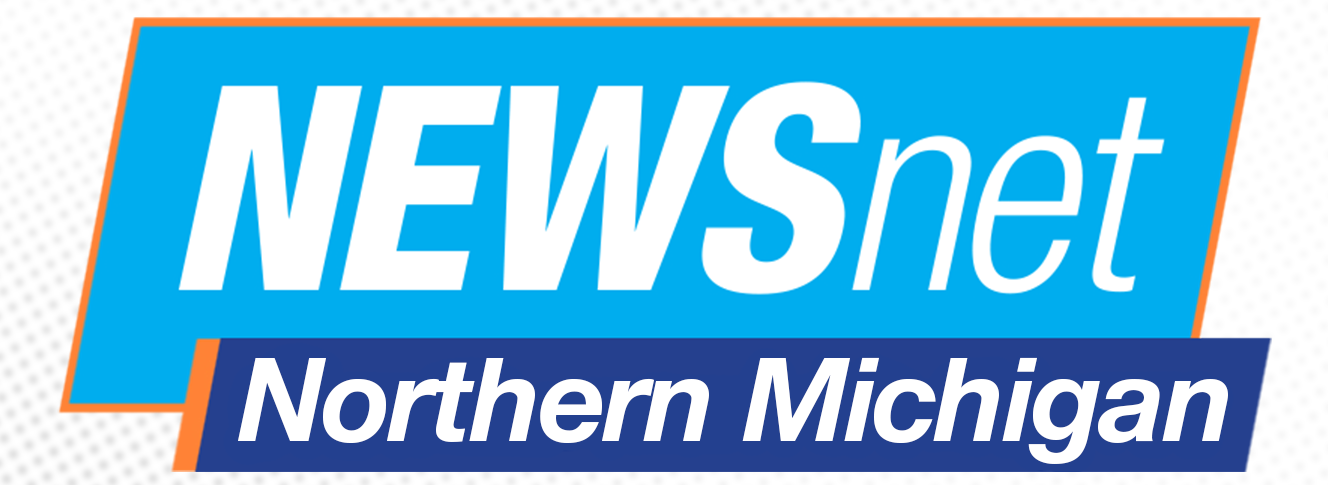Solar Energy Transportation
Most people associate solar energy with rooftops covered in photovoltaic panels. It is easy to see why so many households have turned to solar power for clean, renewable energy.
However, affordable electricity for your home is not the only goal of solar power; there are many other uses for solar energy.
Examples of Solar Energy
Although rooftop photovoltaic (photovoltaic)panels are the main source of much of this production, standalone devices can generate enough power for transport, technology, and industry.
Solar Energy Transportation
You might be wrong to think that the idea of being able to navigate the world without any dependence on fossil fuels is futuristic.
Solar Impulse 2 achieved the groundbreaking feat in June 2014. It weighs the same as a family car but has a wingspan comparable to a jumbo plane. The lithium batteries can absorb sunlight during the day and retain enough power to allow the flight to continue in bad weather and at night.
The popularity of commercial vehicles with thin solar mats on their roof is also increasing. This idea is changing the transport industry. Business owners save fuel, reduce emissions, and keep costs stable. These savings benefit customers.
While solar-powered rail is still in its infancy, it is growing rapidly. Solar panels located near railway lines provide enough power to run signals and lights at certain train stations. Shortly, fully solar-powered trains are possible. The rail network can bypass the national grid and enjoy multiple financial benefits.
Hybrid solar-powered vehicles seem to have a slow reputation, no matter how efficient. The technology has advanced to the point that hybrid solar-powered cars can compete with their gas-powered counterparts.
Solar Light
Although solar lighting can be used to illuminate a pathway or make a tree stand out, it's also a very effective method of doing this.
String lights or spikes are simple to install and require no electricity. Instead, solar panels are small and absorb sunlight during the day, saving it in the battery for later use.
This system is also used in more powerful Led bulbs. They demand very little power to provide adequate lighting. These lights can be used to illuminate large areas, driveways, and entrances. Solar-powered security lighting with PIR technology detects motion and lights up automatically.
Solar Heating
Thermal heating uses roof-mounted panels (collectors), to harness the sun's heat to heat water. It is simple and efficient enough to heat 40-70 percent of an average family's hot water needs each year.
- The sun's energy is absorbed by the fluid, which is stored in tubes inside each panel.
- The hot fluid flows through a heat exchanger to reach the hot water storage tank.
- It is distributed around the pipes in the same way as any central heating system.
The sun's energy is free so you can reduce your energy bills and carbon footprint while putting less pressure on your boiler.
Solar space heating uses solar energy and reduces dependence on fossil fuels. The system can heat entire houses and the water supply by adding heating exchanges. It also uses roof-mounted solar evacuated tube panels, also known as collectors.
- Corn glycol is a fluid that circulates within the tubes. It absorbs solar energy and then returns to a storage tank.
- It circulates through the tank, warming the water in the heating system to temperatures of 130-175 degrees F.
- The hot water flows through your heating system to provide you with heat.
Heat exchange can be added to produce enough hot water to supply homes. This is ideal for summer months when heating is not required.
The most cost-effective and efficient method to heat pools is solar space heating technology.
Rooftop Solar Power
Photovoltaic cells use the sun's energy to produce electricity. It is then converted to the power that is used in commercial and domestic properties. A 5kw system can be paid off in 6-9 years.
Some products and situations do not require a complete solar-powered array of solar panels. For these devices, a small solar charging system is sufficient.
A small inverter is required for devices with a DC battery supply. This allows the current to be alternated from a small number of solar cells.
Many appliances can benefit from clean, free solar energy.
- Keyboards
- Refrigerator
- Telescopes
- Watches
- Radios
- Generators
- Outdoor showers
Solar in the Community
90 million households in America are unable to install solar panels for (1) reason or the other. The community solar system consists of a collection of panels located in one central location that residents can use. Customers who register immediately receive a reduction in their utility bills and other benefits.
- The installation is easy; no worries if your roof's orientation or structure is not suitable for solar power.
- You don't need to pay upfront; instead, you can save money by signing up for a subscription.
- Solar power helps to protect against rising energy prices and disruptions in supply.
- Local economy support; fossil fuel production depends on heavy industry, solar installations, and people-powered logistics.
- You can reduce pollution and 02 emissions by doing your part to lower your carbon footprint and mitigate climate change.
Solar energy from the community benefits your home, local economy, and the environment.



























